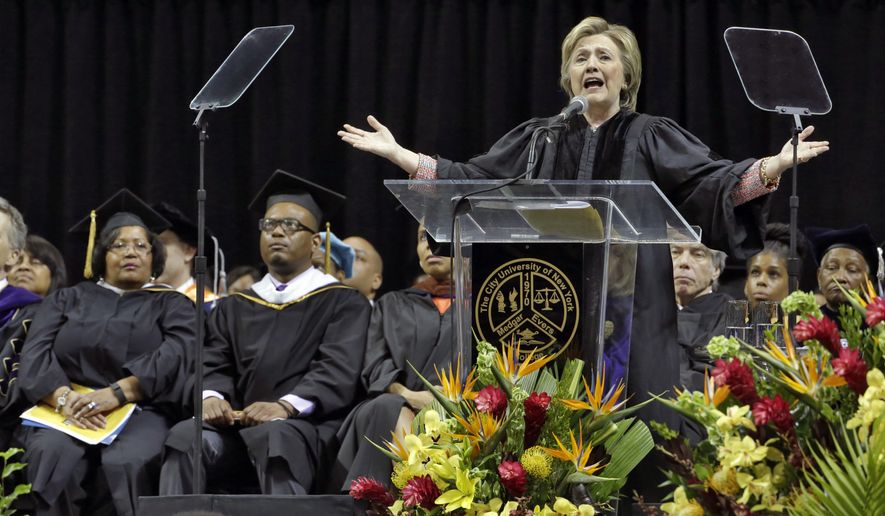When it comes to education, the parties have switched places over the past two decades.
According to a Pew Research Center poll released this week, Democrats are now the party of college graduates, especially those with post-graduate work. Meanwhile, people with a high-school degree or less, by far the larger group, slightly lean toward Republicans.
Both preferences are the reverse of what they were in the 1990s.
According to Pew, 54 percent of college graduates either identified as Democrats or leaned Democratic, compared to 39 percent who identified or leaned Republican. One-third of Americans have a college degree.
Just 25 years ago, those numbers were perfectly reversed in the Pew survey, with the GOP holding a 54-39 advantage among people with college degrees.
The discrepancy becomes even greater when Pew distilled the sample down to people who have post-graduate education — at least some work toward a master’s, doctorate, law or similar degree. In that group, Democrats had a 2-to-1 edge, by 63 percent to 31 percent. In 1994, the two parties were almost evenly divided, with the Democratic lead just 47-45.
“While some of this shift took place a decade ago, postgraduate voters’ affiliation with and leaning to the Democratic Party have grown substantially just over the past few years, from 55% in 2015 to 63% in 2017,” Pew wrote.
Pew did not attempt to explain the shift among the well-educated to Democrats, though Republicans over the past several decades have become increasingly skeptical of the higher education industry, seeing it as a politically-correct enclave inherently hostile to them.
At the same time, though, the working class and those with less formal education have been shifting Republican, especially among whites.
The latest Pew survey showed that 47 percent of people whose highest educational achievement is a high-school diploma at least leaned Republican, while 45 percent favored the Democrats to some degree.
In 1994, those numbers were also nearly reversed, with Democrats holding a 47-42 advantage. And like the shift among the post-graduate-educated, this shift has also been a recent phenomenon, as Democrats held that same 47-42 lead as recently as 2014.
These partisanship changes intersect with with race, as they have occurred almost entirely among whites, as the Democrats have consistently had an overwhelming advantage among minorities — at all educational levels — for decades.
Despite their strong advantage among the college-educated as a whole, the Democratic lead among white college graduates with no postgraduate work is only 49 percent to 46 percent. However, as recently as 2015, the GOP had the edge, and a more-substantial one at that — 51 percent to 43 percent.
“By contrast,” Pew noted, “white voters with no more than a high school education have moved more to the GOP over the last 10 years, though there has been little change since 2015. As recently as 2009, these voters were divided in leaned partisanship. Since then, Republicans have held significant advantages, including a 23-percentage-point lead in 2017 (58% Republican, 35% Democratic).”
The Pew study, which is based on interviews with 10,245 registered voters in 2017, has an error margin of 1.1 percentage points.
• Victor Morton can be reached at vmorton@washingtontimes.com.




Please read our comment policy before commenting.